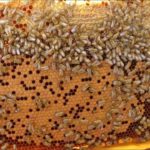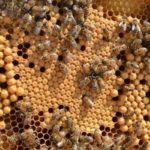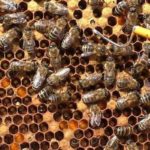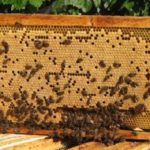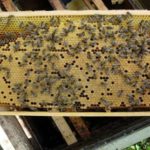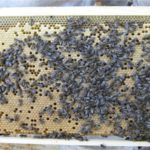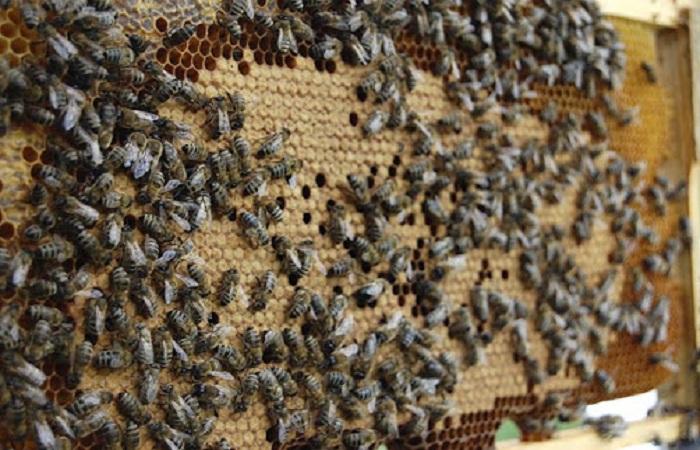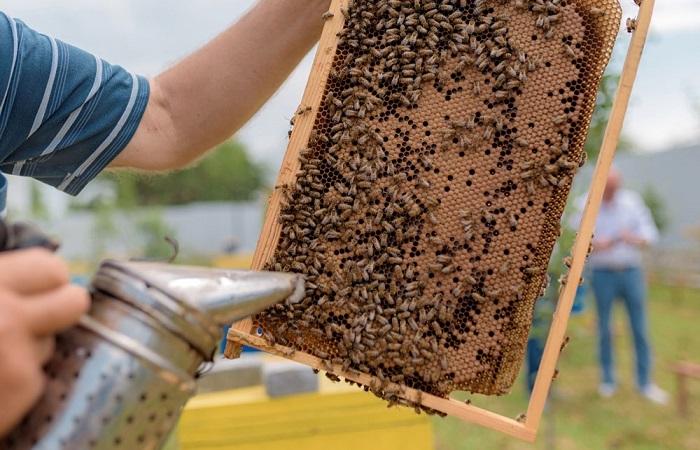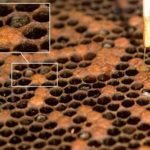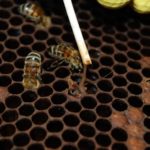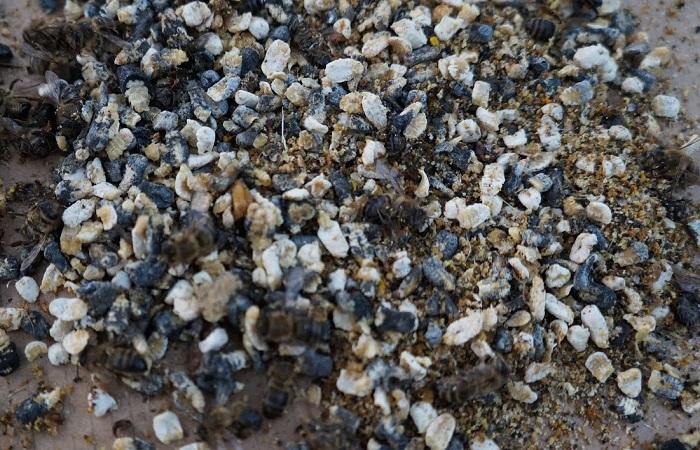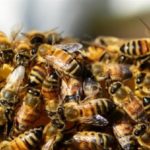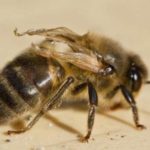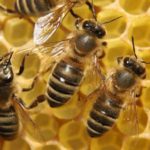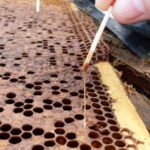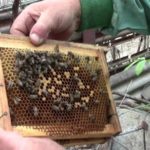The brood of bees is the offspring represented by eggs, larvae and pupae. They have not yet had time to hatch and become full members of the bee family. Beekeepers produce a large number of varieties of brood, each of which has certain characteristics. Therefore, a novice beekeeper can easily get confused in these terms. To understand this issue, you should study the characteristics of each type.
What is brood in bees?
This term refers to the totality of bee offspring that have not yet become a full-fledged member of the family.This group includes eggs, pupae and larvae. In appearance, bee brood looks like wax cells with baby bees at various stages of growth. Depending on the stages, it can be open or closed.
Varieties
Beekeepers know a large number of varieties of brood, each of which has certain characteristics.
One day
One-day-old bee brood is called when the bee is at the initial stage of formation - in the structure of the egg. It is very important for obtaining a queen.
To achieve equal age of the larvae, honeycombs must be installed in the central part of the bee nest, from which a generation of bees has already emerged. They need to be examined every day until it is clear when the queen will bear offspring. 4 days after laying eggs, the age of the older larvae will be approximately 1 day. They are required to be used to remove the uterus.
Open
If the brood structure consists exclusively of eggs, it is called seeding. If it includes exclusively larvae, it is called a worm. Open brood contains eggs and larvae. It gets its name because the honeycomb cells are not sealed with wax.
Such brood is considered the most vulnerable. Seeds and worms often suffer from pathologies, which is why it is so important to carefully monitor their condition. This will make it possible to take action in time.
Printed
The brood is called closed or printed if the cells from the combs are covered with wax. An adult bee develops inside. The insect first develops eyes, limbs and wings, after which it acquires a darker shade. It is this sign that indicates that the individual will hatch soon. For normal formation of insects in sealed cells, a temperature of at least +35 degrees is required.
Early
This type of brood is a feature of only some breeds. In such a situation, individuals are formed much faster. This type of brood is typical for bees that live in warm areas. In cold regions, hives need to be removed from winter huts early - this will help speed up the development of brood. It is also permissible to use special feed formulations to activate the uterus.
Late
Late brood needs special conditions. Otherwise, there is a high probability of his death. Precautions include the following:
- using only young queens;
- insulation of hives before wintering;
- supplying bees with food and cells in sufficient quantities.
Dronevy
All drones are male. They are born from eggs that have not been fertilized. It takes approximately 24 days for such individuals to fully form. The cells in which drones grow are sealed with larger lids.
Beekeepers often cut such brood from frames. This is required to reduce the number of males in the apiary.
Brood diseases and methods of treating them
If not properly cared for, a bee swarm can suffer from various pathologies. The most common types of pathological broods include:
- Saccular is a viral infection that affects three-day-old larvae. The virus enters hives from wild bees and pests or spreads through contaminated tools. Signs include clouding of the color of the babies and their gradual darkening, which begins from the head. Subsequently, the larvae completely turn black and dry out.In this case, the infected babies are destroyed along with the honeycombs, and the queen is removed from the bee colony for a week.
- Calcareous – this infectious disease is also called ascospherosis. It is caused by mold spores. During the development of pathology, the body of bee babies becomes covered with mold and becomes shiny. It also takes on an off-white color and hardens. The fungus then infects all the honeycombs and mummifies the larvae. If symptoms of the disease are detected, the cells must be sent to the laboratory. For treatment, drugs based on nystatin and griseofulvin are used.
- Stone - also called aspergillosis. This infection affects not only children, but also adults. It is provoked by mold fungi - black and yellow. When honeycombs become infected, the larvae and bees become moldy. The disease should be treated in the same way as ascospherosis.
The appearance of latticed brood is associated with a number of factors. However, the most common reason is considered to be the presence of an old or diseased queen, which does not so densely seed the honeycomb with eggs. This results in an uneven arrangement of empty cells. Changing the uterus to a younger one will help solve the problem.
Humpback brood occurs due to the death or severe weakening of the uterus. This leads to the fact that ordinary bees begin to absorb her food and can soon reproduce. However, differences in the genital organs lead to the appearance of only male individuals.
Prevention measures
To avoid the development of diseases, the following measures should be taken:
- feed the bees correctly;
- ensure high quality feed;
- eliminate weak bee colonies;
- replace weakened and painful uteruses;
- change water and food on time;
- maintain normal temperature and humidity parameters in the hive;
- melt old honeycomb and wax;
- clean the hives;
- carry out preventive treatments.
Proper development of brood is very important for the full formation of a bee colony. Therefore, beekeepers need to be attentive to this issue and promptly treat and prevent diseases.

